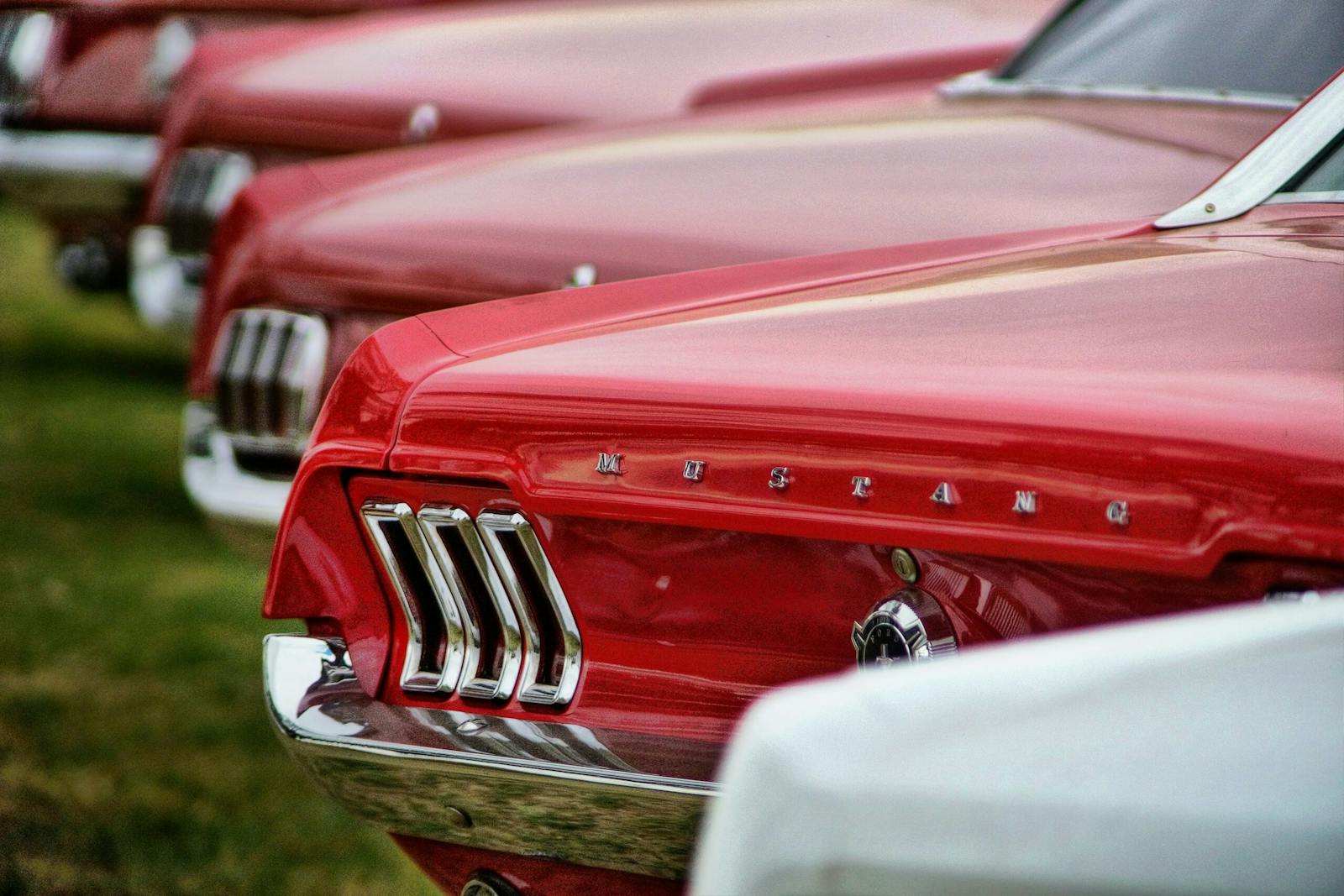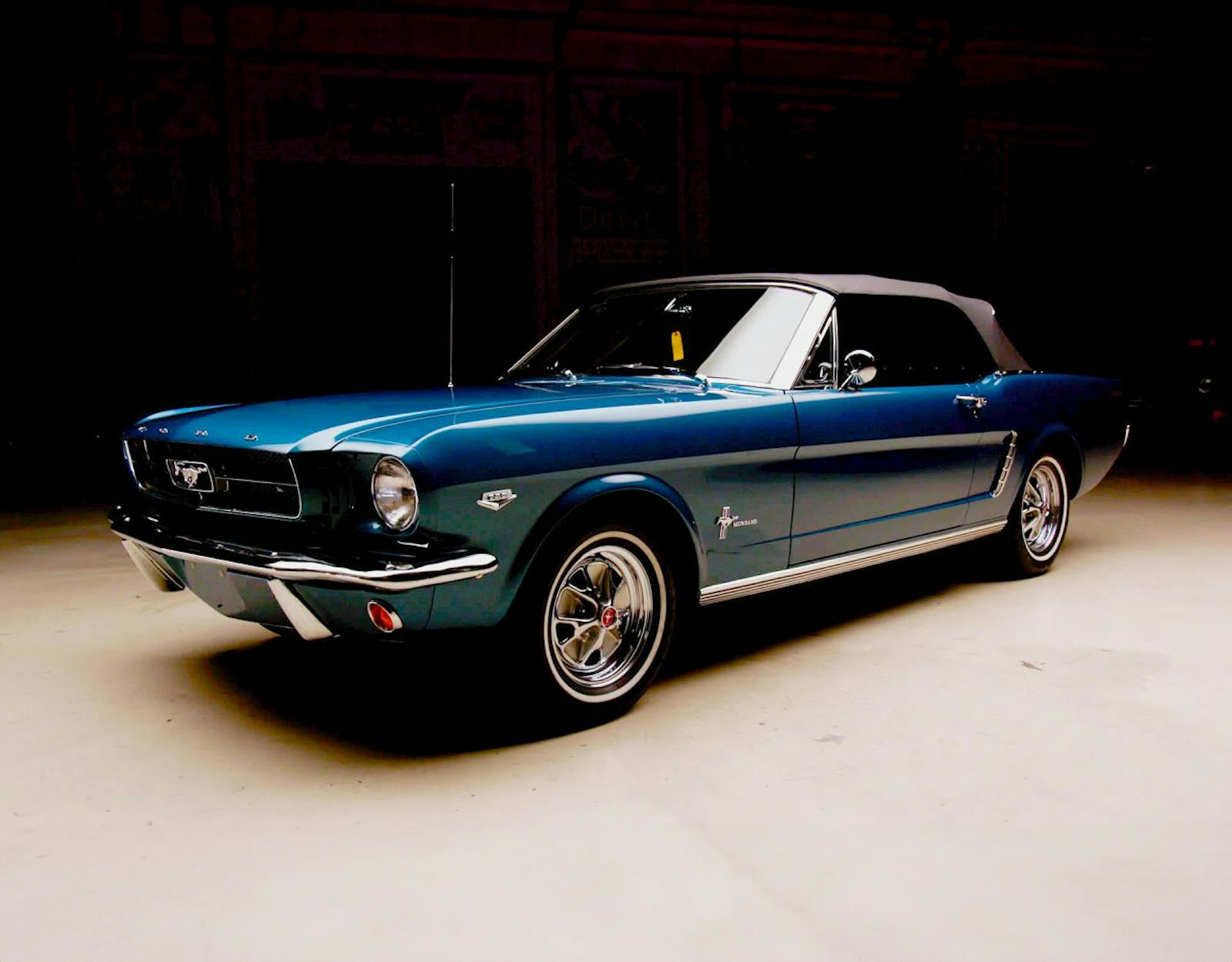How I learned to stop worrying about the bubble and buy classic cars
When I was asked to be the “smart collector” and offer advice for this rapidly moving market, I had to chuckle. Don’t get me wrong—I hope that a few of the deals I’ve made in my 30+ years of collecting will appear smart in retrospect. Many would argue they sure didn’t at the time, but as the golfer Gary Player once said, “The more I practice, the luckier I get.” Lord knows after three decades and literally hundreds of trades, I’ve certainly had a lot of practice!
But as for the question that presently looms large: Is the collector car market in a bubble? My short answer is, “No.” Bubble implies all of these gains will go “pop” and vanish. That’s not happening. My long answer is…well, keep reading.
Whether you like McLarens or Ferraris or Kia Tellurides, chances are you’ve noticed values skyrocket in recent months. Classic car auctions, both online and in person, have been going gangbusters: In 2021, they managed their highest combined sales revenue, ever. Of course, none of this is isolated. New cars, used cars, real estate, oil, durable goods—you name it and it’s going wild.
Is this a result of everybody being on house arrest in 2020? Supply and demand during a global pandemic? Labor and materials shortage? There is a whole army of Ivy League grads who can answer that a lot better than I can. They might also venture guesses as to how long this frenzy will last (although those guesses might well be wrong).
I’ve been through enough cycles to say this has all happened before. The market is cyclical. Tastes change. However, out of all investment properties, I’ve always felt most comfortable buying truly good collector cars. Despite fluctuations over the years, blue-chip collector cars have always—well, OK, almost always—maintained an upward trajectory. Plus, unlike the stock market, the collector car market allows us to have fun with cars.
I still feel good about collecting cars. I do, however, think one should proceed with caution. Never bank on incredible growth being sustainable.
Nobody wants to make a financial mistake, but I can tell you that I have never seen a car depreciate to zero or simply disappear, leaving only a worthless piece of paper behind.
So, yes, I still feel good about collecting cars. I do, however, think one should proceed with caution. The market has expanded a lot of late and, logically, I expect it to contract in the future, at least in certain areas. Never bank on incredible growth being sustainable. That means now more than ever is a time to be doing things right. To me, “doing things right” means buying what you love at a price you are comfortable with, not what those with the tea leaves tell you is a “great buy.” It means you can walk into your garage at night, beer in hand, flip on the lights, have a seat, and feel good about what is in there, no matter what the next price guide says. If your collection means nothing more to you than values on a spreadsheet, well, we might not be able to have beers together.
Investment Intuition
Now that we’ve established I’m not the right guy to ask for investment advice, let’s get back to cars. What I can tell you, from my own experience, is that one simplistic idea has always worked for me: I buy what I love. I know, nothing we all haven’t heard a million times before, but it bears repeating as it seems the best of us forget this one easy rule from time to time.
See cars in your garage that you don’t love? Consider the current market, with many cars experiencing peak or near peak values, a chance to clean up those mistakes. Sell to somebody who does love it and use the cash to find the car you should have bought in the first place. Even if you don’t have a car you regret buying, maybe you have one that’s worth more than you ever dreamed. It might be time to cash out and use the gain to move into a car you once couldn’t justify buying.
The biggest mistakes I’ve ever made were listening to what people thought I should own. When I started collecting vintage Ferraris, I bought a great 246 GTS Dino. But the Ferrari silverbacks told me I should have a front-engine V-12 car instead, so I moved through some of them, including a number of 275 GTBs—which admittedly I am still quite fond of. But I always enjoyed driving the Dino more, so I sold the others and kept the Dino. Sure, financially it didn’t work out nearly as well as if I’d have kept a four-cam, but I still smile every time I drive my Dino.
I’m also a Shelby guy and was fortunate enough to buy a few street Cobras before they became so precious. Again, the elder statesmen of the Cobra world told me that a competition Cobra was really where it was at. Although I’d put tens of thousands of miles on my street Cobras—not just driving them around but also using them on 1,000-mile tours and rallies—I thought, “OK, that makes sense. If I can get a comp car, I will.” Eventually I found a great 427 S/C. As much as I loved the car, the history, and its general bad-assedness, the thing just did not fit my user profile. It was too hot, the unmuffled leg-burning side pipes were too loud, it had no glove box or door pockets, and its trunk was full-O-huge competition fuel tank. It was obviously not an ideal Cobra for what people like me enjoy using them for. In aviation speak, it just didn’t fit the mission profile. So off it went! The street Cobras remain and are still a perfect fit, despite being nowhere near as rare or generally coveted as a comp car.
Market Navigation
How does one negotiate today’s market? Well, speaking for myself, I treat it the same way I always have: I review my collection and decide if there are any cars the market values higher than I do. If so, and if I determine I can live without them, I think about selling.
If there is a car I want to own, I make a similar calculation. Do I value it as much or more than the market does currently? If the answer is yes, and I don’t think I can’t live without it, I buy. As with anything in life, if you’re generally OK with the price of poker, then sit down, Player, and have some fun.
Admittedly, these days, more cars on my short list have surpassed my value limit. For example, over the last few years I’ve been lusting for a Ferrari F40. When I came of age in the 1980s, the F40 planted a gold-plated treble hook of desire within my brain. I owned one, briefly, in the early aughts, and paid somewhere in the upper-$200K range. But that was a stretch and the maintenance terrified me, so I jumped off. The fire still burned. They moved up in value methodically, and about three years ago I found one that ticked all of the boxes.
The “ask” was $1.25M. I flew out and offered $1.15M and was declined. My Ferrari-fluent friend who was with me said, “Wow, another day two fools met.” I made a few more runs at examples for about the same money, including one at auction in March 2020 right as Covid-19 was taking hold. But now, just 18 months later, it seems any decent F40 starts above $1.5M, with many going well beyond. At that price, I have resolved to enjoy F40s from a non-ownership position. Not that I think they aren’t worth what they’re trading for; they just aren’t worth it to me.
Bubble 101
To summarize: Practice makes perfect. Buy only what you love. Sell only when it makes sense. Buy only when you can justify paying market price. Be patient, be diligent, listen to your heart, your significant other, your banker, your shaman, or whomever you lean on for guidance. Oh, and never, ever treat glorious old cars as an investment play. That’s the best way to ruin the fun!
***
Check out the Hagerty Media homepage so you don’t miss a single story, or better yet, bookmark it. To get our best stories delivered right to your inbox, subscribe to our newsletters.


